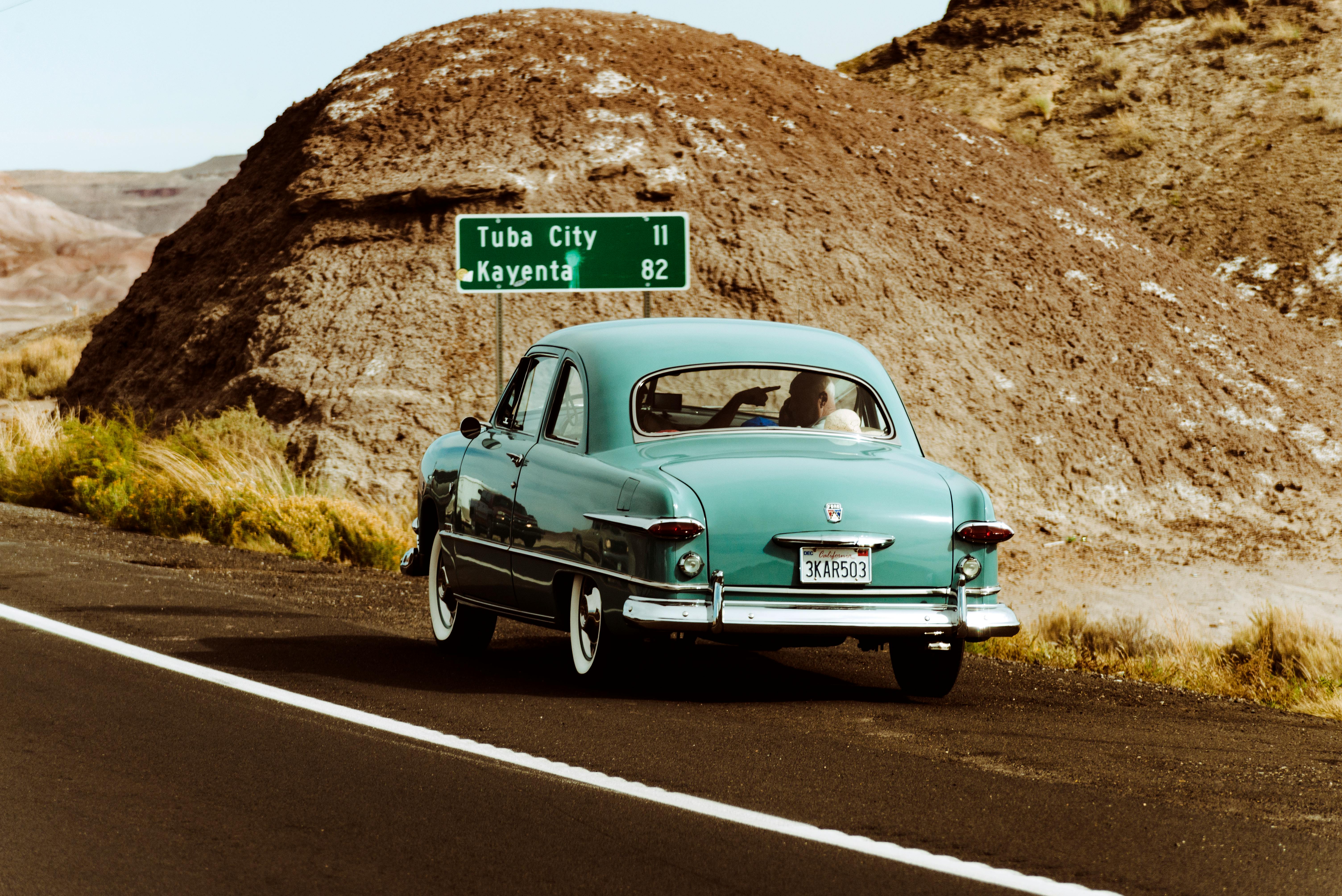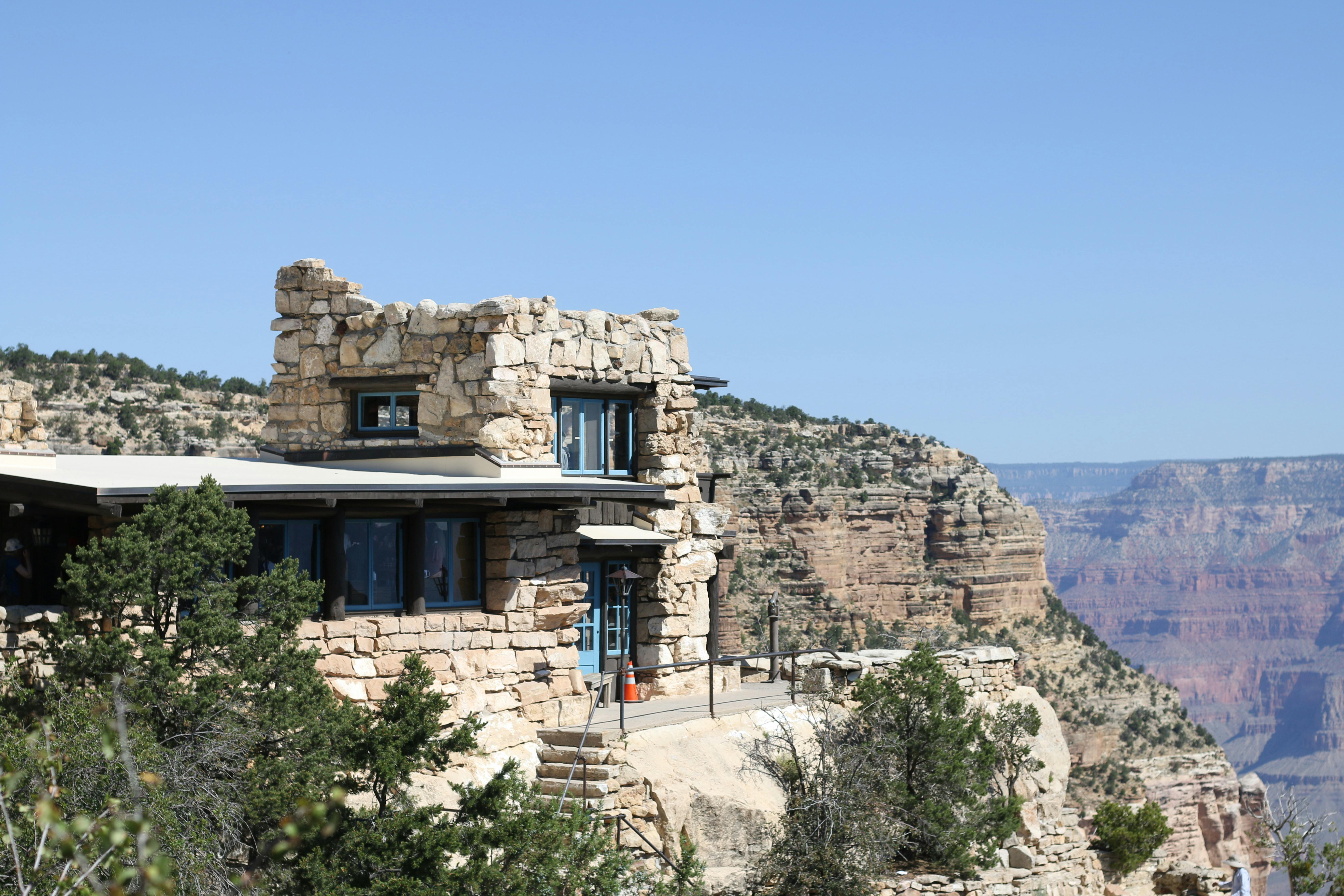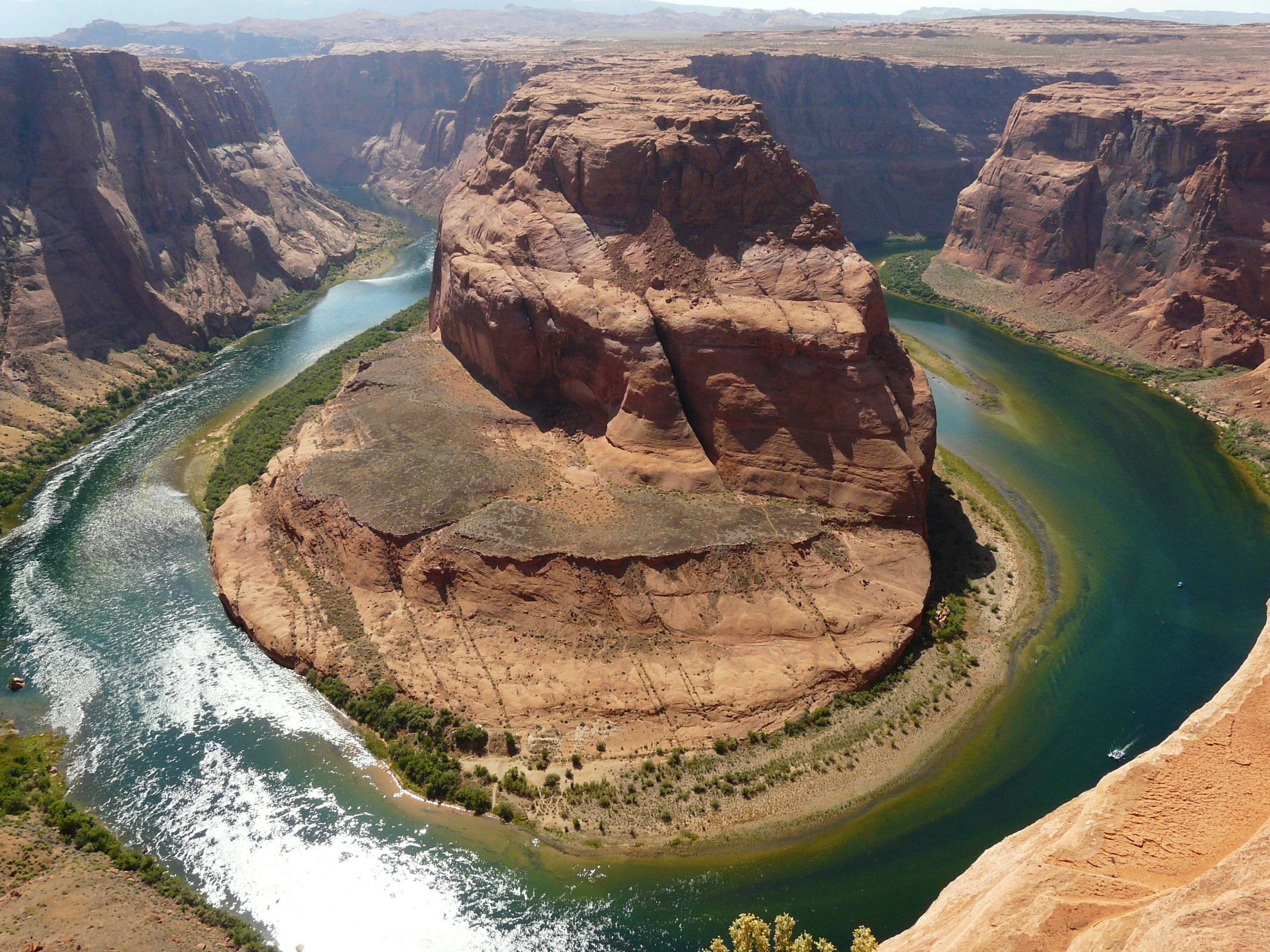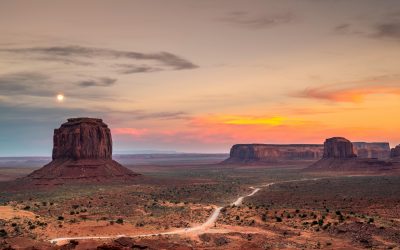When we delve into the concept of tourism receipts, we’re talking about the expenditure accounted for by inbound visitors, including payments to national carriers for international transport. These transactions may occur before, during, or after the actual visit, and include a wide range of goods and services. Understanding what is tourism receipts in detail offers insight into how the influx of visitors bolsters a city’s economy by contributing to various sectors such as accommodation, food services, recreation, and cultural activities.
For Tucson, a city renowned for its rich cultural tapestry and natural beauty, tourism receipts are a testament to its allure and the high-quality visitor experience it offers. Every dollar spent by a tourist circulates through the local economy, supporting businesses, creating jobs, and funding public services. It’s a critical metric that reflects the economic health and the impact of tourism on the broader community.
Whether you’re a stakeholder in the tourism sector, a local business owner, or just someone interested in the city’s prosperity, comprehending the nuances of tourism receipts is essential. Visit our website to learn more and get started today! Click here.
The Role of Tourism Receipts in Tucson’s Economy

Tucson’s economy gleams with the influx of visitors each year, and the role of tourism receipts cannot be overstated. These receipts represent the lifeblood of the local economy, injecting vital funds into the region. From the cactus-studded landscapes of the Sonoran Desert to the bustling streets of downtown Tucson, every corner of the city benefits from the financial contributions of tourists.
Local businesses, from hotels and restaurants to souvenir shops and tour operators, thrive on the spendings of out-of-town guests. The significance of this income stream extends beyond the immediate transactions, as it also helps to fund public services and infrastructure that residents enjoy year-round. Furthermore, the hospitality and tourism industry is a major employer in the area, providing jobs to thousands of Tucsonans who, in turn, spend their earnings locally, perpetuating a cycle of economic vitality.
Moreover, the diversity of tourist spending—from lodging and dining to entertainment and shopping—ensures a balanced distribution of income across different sectors. This not only stabilizes the economy but also encourages a vibrant business environment where innovation and growth are possible. With each visitor that explores the wonders of Tucson, the city’s economic landscape is painted with broader strokes of prosperity and sustainability.
Calculating Tourism Receipts: A Step-by-Step Guide

Calculating tourism receipts is a meticulous process that requires a comprehensive understanding of the expenditure patterns of visitors. It begins with the collection of data on the total amount of money spent by tourists during their stay. This includes expenses on accommodation, food and beverage, entertainment, transportation, and other services directly related to the tourism industry.
To ensure accuracy, data is often gathered from various sources such as hotel occupancy rates, average daily rates, sales figures from restaurants and attractions, as well as transportation usage statistics. Each of these figures is then aggregated to provide a holistic view of the economic impact of tourism on the local area.
Additionally, it’s important to differentiate between the types of tourists, as international visitors often spend differently than domestic travelers. Surveys and questionnaires can be valuable tools in capturing more nuanced spending habits, providing deeper insights into the average expenditure per visitor. Once all relevant data is compiled, it’s analyzed to discern patterns and trends, which can then be translated into strategies for boosting tourism receipts and, consequently, Tucson’s economic growth.
The information gleaned from this process is not just a numerical figure; it’s a compass that guides local businesses and policymakers in decision-making. By understanding where and how money is spent within the region, they can tailor experiences, improve facilities, and create targeted marketing campaigns that resonate with potential visitors, thus fostering a more robust and resilient tourism sector.
The Connection Between Tourism Receipts and Cultural Vibrancy
Tourism receipts play a pivotal role in enhancing the cultural vibrancy of a destination like Tucson. These financial gains are reinvested into the community, leading to the preservation and promotion of local arts, traditions, and historical heritage. As visitors spend on cultural experiences, whether attending festivals, visiting museums, or engaging in local customs, there is a direct infusion of capital that supports these cultural institutions and events.
Local artisans and performers often see increased opportunities and patronage due to the influx of tourists seeking authentic experiences. This increased demand can lead to a flourishing of the arts, as artists have more resources to create and showcase new works. Additionally, cultural preservation initiatives often receive a boost from tourism revenues, ensuring that the unique character and traditions of Tucson are maintained and passed down through generations.
The vibrant cultural scene, in turn, attracts more tourists, creating a virtuous cycle of growth. The interplay between tourism receipts and cultural vibrancy is thus symbiotic. On one hand, the financial resources help sustain the expression of culture; on the other, a vibrant cultural scene increases the attractiveness of Tucson as a tourist destination, leading to even greater receipts.
Moreover, the global exposure that comes with tourism can elevate the profile of Tucson’s culture on the world stage. Festivals, for instance, can gain international recognition, drawing crowds from far and wide, while local cuisine might find new aficionados. This not only contributes to the economic prosperity of the region but also fosters a sense of pride among residents, strengthening the community’s identity and cohesion.
Challenges and Opportunities in Maximizing Tourism Receipts

While tourism receipts are a boon for Tucson’s economy, maximizing these benefits presents both challenges and opportunities. A key challenge is the sustainable management of resources. Over-tourism can lead to environmental degradation and strain on local infrastructure, which could diminish the quality of the visitor experience and harm the long-term viability of tourist attractions.
To address these challenges, Tucson must invest in sustainable tourism practices. This includes the development of eco-friendly attractions and accommodations that minimize the impact on the environment, as well as the promotion of off-peak tourism to reduce overcrowding. Diversifying the tourism portfolio to include a range of experiences across different seasons can also help spread visitor numbers throughout the year.
Another opportunity lies in leveraging technology to enhance the tourist experience. Digital platforms can provide visitors with personalized recommendations, easy access to information about local attractions, and seamless booking experiences. By adopting the latest technologies, Tucson can improve visitor satisfaction and increase the likelihood of tourists spending more during their stay.
The city also has the opportunity to tap into emerging markets. By identifying and targeting demographics that are currently underrepresented among Tucson’s visitors, the city can attract new streams of tourists. Marketing campaigns that highlight Tucson’s unique cultural offerings and natural beauty can resonate with these new audiences, leading to an increase in tourism receipts.
Ultimately, the balance between addressing challenges and seizing opportunities will dictate the extent to which Tucson can maximize tourism receipts. This requires a strategic approach that considers the needs and expectations of both tourists and local residents, ensuring that the benefits of tourism are enjoyed by all stakeholders involved.
Sustainable Tourism: Balancing Receipts and Resources

As Tucson continues to attract visitors from around the globe, the concept of sustainable tourism takes center stage—balancing economic gains from tourism receipts with the conservation of the city’s resources. It’s about ensuring that the influx of tourists contributes positively to the economy without compromising the environmental and cultural assets that make Tucson unique.
Implementing sustainable tourism practices involves a multifaceted approach. It requires the collaboration of local businesses, government agencies, and the community to foster tourism that respects the natural environment, local culture, and heritage. Initiatives such as eco-tourism programs, which highlight Tucson’s stunning desert landscapes and promote conservation efforts, are essential. These programs not only educate visitors about the local ecosystem but also encourage the preservation of biodiversity.
In addition, it’s important to support local artisans and businesses by integrating their products and services into the tourism experience. This not only helps to distribute tourism receipts throughout the community but also offers visitors a more authentic and enriching experience of Tucson’s culture and lifestyle.
Moreover, sustainable infrastructure development is crucial to ensure that the city can accommodate tourists without straining its resources. Investment in renewable energy, water conservation, and waste management systems can mitigate the environmental impact of increased tourism activity.
For those keen to explore the wonders of Tucson and contribute to its sustainable growth, embracing these principles of sustainable tourism is key. Visit our website to learn more and get started today! Click here.
By focusing on sustainable tourism, Tucson aims to preserve its allure for generations to come, ensuring that the city remains a vibrant and welcoming destination. The balance of tourism receipts and resource conservation is not just about sustaining the present; it’s a commitment to the future prosperity and beauty of Tucson.






0 Comments